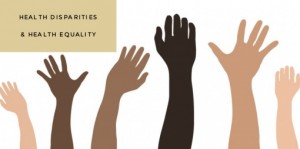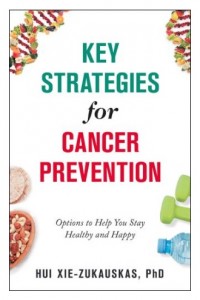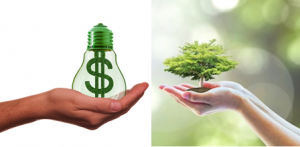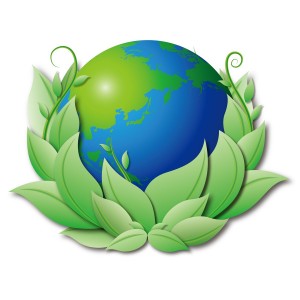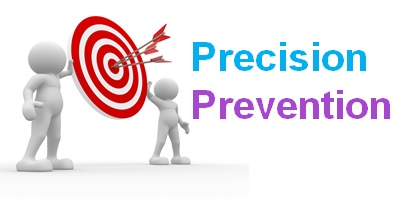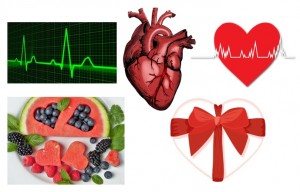 It’s Black Friday, Cyber Monday, or Holiday shopping time. I’m fascinated by some new, popular products on the market. They seamlessly integrate into our daily lives or functions, through hand-free and hassle-free items or other products that make routine tasks more effortless, efficient, and enjoyable.
It’s Black Friday, Cyber Monday, or Holiday shopping time. I’m fascinated by some new, popular products on the market. They seamlessly integrate into our daily lives or functions, through hand-free and hassle-free items or other products that make routine tasks more effortless, efficient, and enjoyable.
Equally fascinated by emerging technologies in medical science, I’d love to share some tremendous discoveries and developments that have transformed clinical landscape of therapeutics. But first off, critically important is putting cardiovascular diseases (CVD) on the spotlight. Why?
Based on the World Heart Federation, CVD is the world’s number one killer, causing over 20.5 million deaths each year (resulting from heart attack, stroke, and heart failure). However, there is hope—80% of premature deaths from CVD are preventable! Not to say, medical breakthroughs make CVD and some of its risk factors treatable.
Here I’d focuses on the conditions that are harmful to your heart, but sometimes overlooked.
1. Obesity
Overweight and obesity affects more than 70% of US adults and more than 50% of people worldwide, contributing to numerous health consequences. Overweight and obesity are independently associated with an increased risk of CV events. This holds true after excess weight-associated cardiometabolic risk factors (such as hypertension, dyslipidemia, and type 2 diabetes) are accounted for (Khera et al., 2023; Lincoff et al., 2023; Drozdz et al., 2021).
Whether obesity as a disease that individuals are predisposed to develop as a result of genetics, biology and the living environment or as a condition due to complex factors, it’s important to double our awareness and effort to prevent or treat obesity for tackling CVD. For those who want to understand more about it, I’d recommend a Weight and Health video from New England Journal of Medicine. It eloquently and effectively delves into obesity from pathophysiology and the impact of weight bias or stigma, to therapy including benefits and risks of promising new medications.
Since weight gain usually takes place gradually, weight loss unlikely occurs quickly. So, monitor this significant risk factor closely, make small lifestyle modifications consistently, and seek medical treatment if needed.
Having emphasized on overweight and obesity, by no means I diminish or minimize other common risk factors or detrimental conditions such as high blood pressure, high cholesterol, high blood sugar, smoking, alcoholism, poor diet, physical inactivity, and stress, in addition to the uncontrollable (age and genetics). It’s very possible that an individual may have multiple risk factors as these conditions are often interlinked and interact. All of that make regular check-up, lifestyle modifications, and early intervention crucial for the prevention of CVD.
2. Climate change coupled dual threats—extreme heat and poor air quality
Global climate change affected environmental disaster is real! As we all see, extreme heat events are becoming more frequent, more intense, and longer. High temperatures stress the CV system by making the heart work harder and by putting extra strain on vital organs like lungs and kidneys. Exposure to poor air quality, especially to high concentrations of fine particulate matter smaller than 2.5 µm (PM2.5) is also independently associated with CV morbidity and mortality. When inhaled deep into the lungs, these fine particulates can irritate the lungs and blood vessels around the heart.
Recent findings showed that co-exposure to extreme heat and poor air quality synergistically increase the risk of fatal heart attack. In an analysis of 202,678 heart attack deaths between 2015–2020 in Jiangsu province of China, up to 2.8% of heart attack deaths were attributed to combination of extreme heat and high levels of PM2.5 (exceeding WHO target value of 37.5 µg/m3). Women and older adults were more vulnerable to the greater risk.
3. “Athlete’s Heart” and exercise intensely
In January, the Bills’ 25-year-old Damar Hamlin suffered cardiac arrest on the field during Monday Night Football, which captured the national spotlight. Sudden cardiac arrest is the leading cause of death in young athletes. According to Rakesh Gopinathannair, MD, specialized in clinical cardiac electrophysiology, intensive endurance training can cause a distinct pattern of functional and structural changes of the CV system, including heart muscle thickening and ECG changes. This results in so-called “athlete’s heart”. So, it reminds us to be more attentive to heart health among young athletes and ensure the readiness of life-saving equipment and teams involved.
I would also expand this issue to the non-athletic population, in particular a small percent of “fitness-fanatics” who exercise excessively. Without doubt, exercise reduces your risk of CVD, cancer, and all-cause mortality. However, excessive exercise or rigorous yet unproven fitness routines can negatively impact your heart health.
Most commonly seen is atrial fibrillation (AFib; a heart condition of an irregular rhythm and often abnormally fast rate). This is because strenuous exercises put extra demands on the heart and cause damage to the CV system. It has been proven not only by scientific/medical research but also by people in real life. I know some folks—a family member, a neighbor, and a few doctors including cardiologist who admitted their heart problems were the fault of their own (i.e., exercised in extreme intensity, volume, and frequency when they were young). It all comes down to the benefits’ gain from proper exercises without overdoing it when the risk kicks in. A 30-minute walk is just as good as 30-minute intense cycling, depending on an individual. Adequate exercise is always better than none. If you have any concerns about your heart health, don’t hesitate to consult with your doctor or a healthcare professional.
The bottom line is—in the holiday season and the years ahead, don’t just indulge in hand-free, hassle-free gadgets to satisfy your convenience, do pay attention to your heart and keep it “hazard-free” for your wellbeing and life.
Image credits: Pixabay; Andres Ramos / Vecteezy


